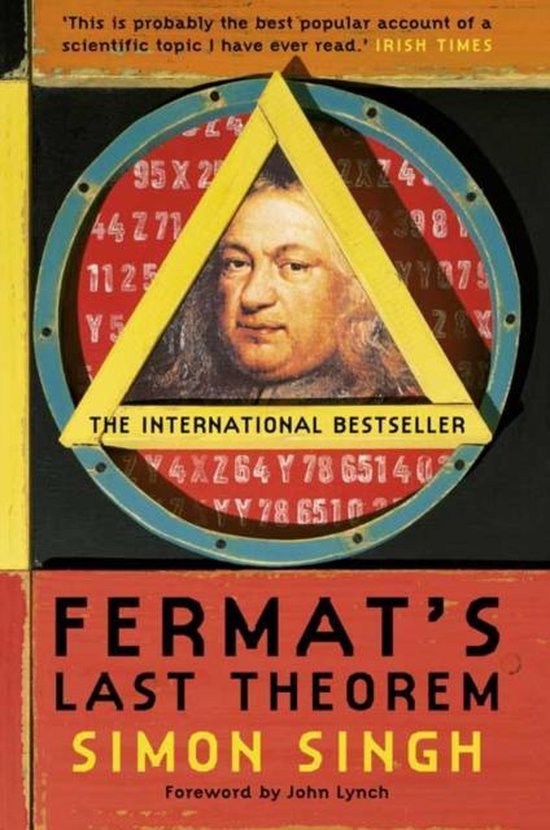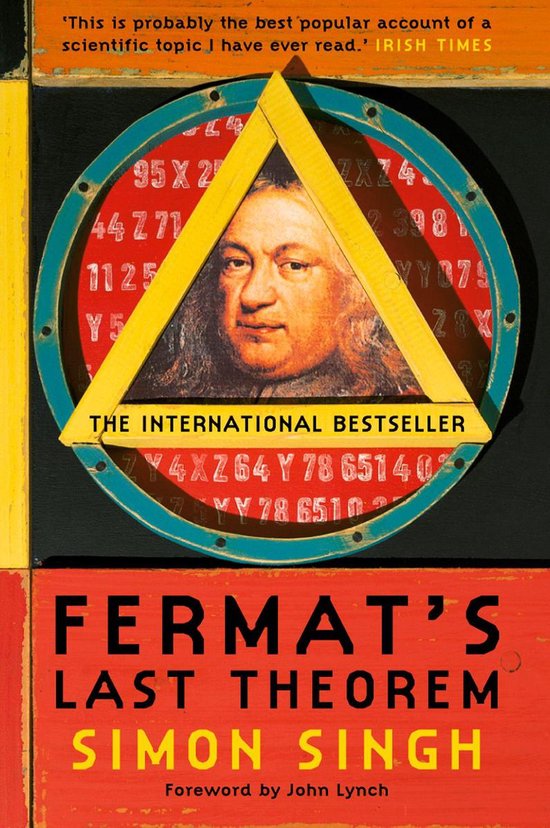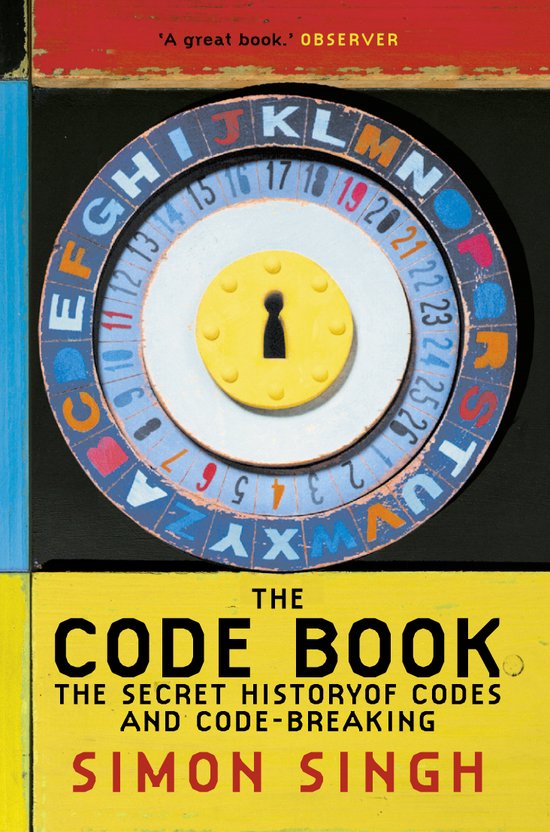Fermats last theorem

Op voorraad. Voor 23:59 uur besteld, dinsdag in huis
‘I have a truly marvellous demonstration of this proposition which this margin is too narrow to contain.’
In 1963 a schoolboy browsing in his local library stumbled across the world's greatest mathematical problem: Fermat's Last Theorem, a puzzle that every child can understand but which has baffled mathematicians for over 300 years. Aged just ten, Andrew Wiles dreamed that he would crack it. Wiles's lifelong obsession with a seemingly simple challenge set by a long-dead Frenchman is an emotional tale of sacrifice and extraordinary determination. In the end, Wiles was forced to work in secrecy and isolation for seven years, harnessing all the power of modern maths to achieve his childhood dream. Many before him had tried and failed, including a 18-century philanderer who was killed in a duel. An 18-century Frenchwoman made a major breakthrough in solving the riddle, but she had to attend maths lectures at the Ecole Polytechnique disguised as a man since women were forbidden entry to the school. A remarkable story of human endeavour and intellectual brilliance over three centuries, Fermat's Last Theorem will fascinate both specialist and general readers.
‘I have a truly marvellous demonstration of this proposition which this margin is too narrow to contain.’
It was with these words, written in the 1630s, that Pierre de Fermat intrigued and infuriated the mathematics community. For over 350 years, proving Fermat’s Last Theorem was the most notorious unsolved mathematical problem, a puzzle whose basics most children could grasp but whose solution eluded the greatest minds in the world. In 1993, after years of secret toil, Englishman Andrew Wiles announced to an astounded audience that he had cracked Fermat’s Last Theorem. He had no idea of the nightmare that lay ahead.
In ‘Fermat’s Last Theorem’ Simon Singh has crafted a remarkable tale of intellectual endeavour spanning three centuries, and a moving testament to the obsession, sacrifice and extraordinary determination of Andrew Wiles: one man against all the odds.
- 1 Bekijk alle specificaties



Taal: en
Bindwijze: Paperback
Oorspronkelijke releasedatum: 05 juni 2002
Aantal pagina's: 340
Illustraties: Met illustraties
Hoofdauteur: Simon Singh
Tweede Auteur: Dr. Simon Singh
Hoofduitgeverij: Fourth Estate Ltd
Editie: New ed
Product breedte: 126 mm
Product hoogte: 24 mm
Product lengte: 200 mm
Studieboek: Ja
Verpakking breedte: 123 mm
Verpakking hoogte: 27 mm
Verpakking lengte: 189 mm
Verpakkingsgewicht: 522 g
EAN: 9781841157917